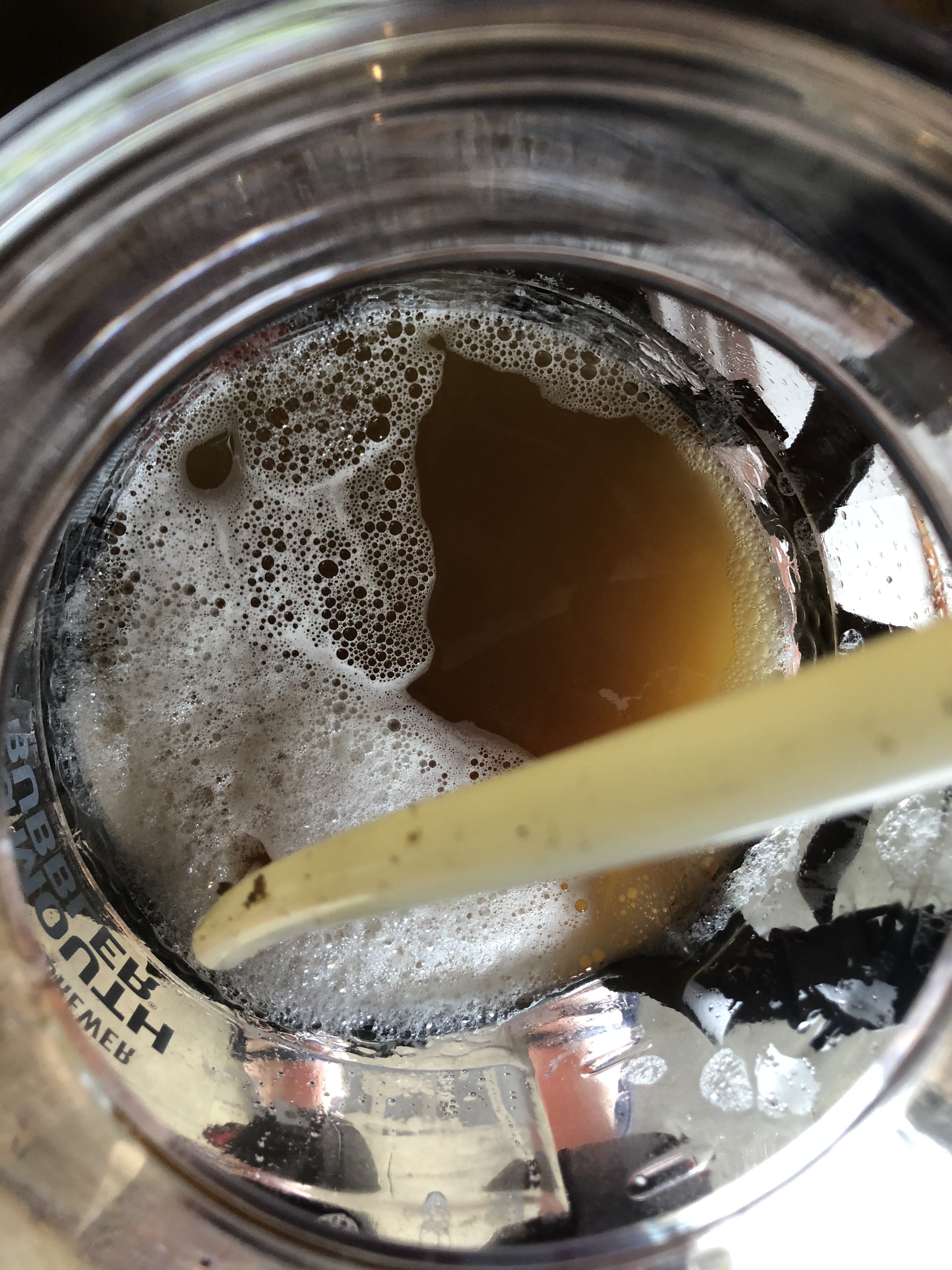Hi,
I brewed with BIAB in a 36L-pot for a couple of years. To make it possible to brew bigger batches and to be able to pre-heat the mash-water with timer I recently bought a Robobrew 65L.
My first batch included quite an amount of flaked torrified rice and the mash got stuck. I fixed it by stiring the mash during sparge (maybe this wasn't a good idea but I didn't know what to do.
Anyway, today I made my second batch on this unit. I thought this time with just pale malt and cara gold that it will flow better through the mash. And it did. I see here and there people say that the sparge should take about an hour. For me it took maybe ten minutes this time. As soon as I lifted the maltpipe the wort started to flow very easy through the grist. I added sparge water liter by liter and was all the way through in a couple of seconds. My SG-readings was as expected so I can't see that this fast sparge caused any problem.
Am I supposed to wait between water addings during the sparge and let the sparge take longer that way? Or is the malt to chunky crushed and the flow through the grist SHOULD take longer time? Wouldn't that be seen in my SG-readings then?
I brewed with BIAB in a 36L-pot for a couple of years. To make it possible to brew bigger batches and to be able to pre-heat the mash-water with timer I recently bought a Robobrew 65L.
My first batch included quite an amount of flaked torrified rice and the mash got stuck. I fixed it by stiring the mash during sparge (maybe this wasn't a good idea but I didn't know what to do.
Anyway, today I made my second batch on this unit. I thought this time with just pale malt and cara gold that it will flow better through the mash. And it did. I see here and there people say that the sparge should take about an hour. For me it took maybe ten minutes this time. As soon as I lifted the maltpipe the wort started to flow very easy through the grist. I added sparge water liter by liter and was all the way through in a couple of seconds. My SG-readings was as expected so I can't see that this fast sparge caused any problem.
Am I supposed to wait between water addings during the sparge and let the sparge take longer that way? Or is the malt to chunky crushed and the flow through the grist SHOULD take longer time? Wouldn't that be seen in my SG-readings then?



